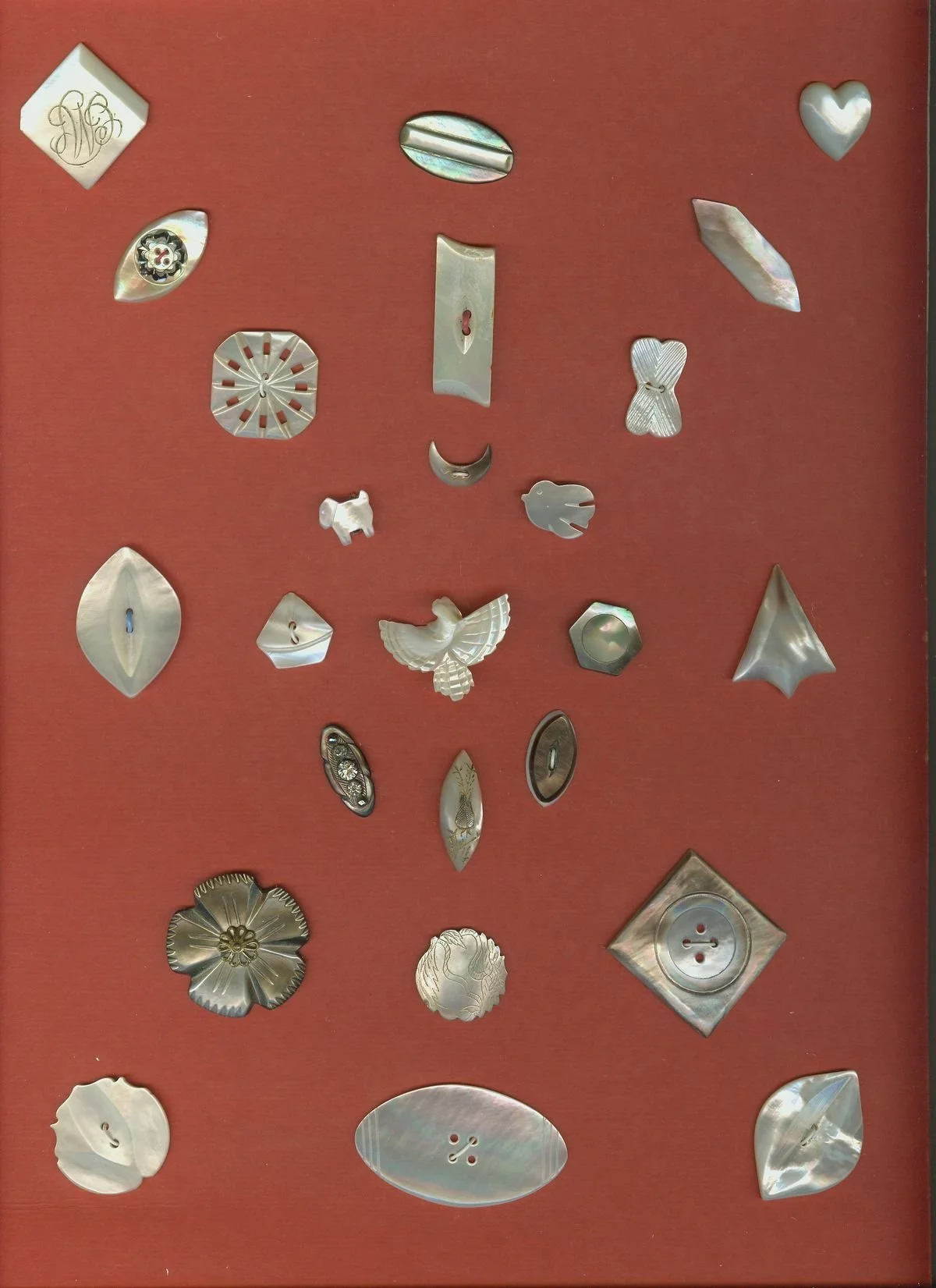Definitions
Sustainability can be full of big words that sometimes feel like barriers instead of invitations. We’re here to break down those barriers and create safe spaces where you can ask any question, no matter how silly it might feel. If there’s a word you think we should add here, we’d love to hear from you.
-
The way we act, think and feel about clothes. It includes how we choose them, how they make us feel, how we care for them, and even how we let them go. Just like any relationship, it can be joyful or complicated - and when we pay attention to it, it can tell us a lot about who we are and what we value.
-
The difference between what we say we believe and how we actually behave - like wanting to buy less but still shopping often, or caring about the planet but throwing clothes away quickly. It shows that change isn’t always easy, and understanding this gap helps us be kinder to ourselves as we learn how to align our values, with our behaviour.
-
A material that breaks down naturally into non-toxic components over time. Not all biodegradable fabrics break down quickly or safely if blended with synthetics.
-
The total greenhouse gas emissions caused by an item, activity, or person, measured in CO₂ equivalent. In fashion, it includes production, transport, use, and disposal.
-
A system where clothes are designed, used, and disposed of in ways that keep materials in use as long as possible, through repair, resale, recycling, or composting. Sometimes used interchangeably with recycling, but it includes designing out waste from the start.
-
When everyday people take part in real scientific research by observing, collecting data, or sharing their experiences. It helps scientists learn more while making communities part of the discovery process.
-
The worry or stress people feel about the changing climate and the future of our planet. It can make us feel overwhelmed, powerless, or uncertain, but it also shows how much we care. Recognising climate anxiety helps us find ways to take positive action and support our wellbeing.
-
A production process where all materials are reused or recycled, leaving no waste. Often mentioned in textiles like lyocell (Tencel) production where solvents are captured and reused.
-
Materials that break down fully into nutrient-rich soil under composting conditions. Different from biodegradable as it requires specific conditions and results in something beneficial for the earth.
-
Surplus or leftover fabric from manufacturers that would otherwise go to waste. Used by some brands to reduce waste, but it doesn’t address overproduction at its root.
-
Turning materials into something of lower value or quality, like shredding cotton for insulation. Often used in textile recycling, but it reduces material usefulness over time.
-
Clothing produced in ways that ensure fair wages, safe working conditions, and respect for workers' rights. Sometimes used interchangeably with sustainable fashion, but focuses more on people than the environment.
-
More than just a business model, we define fast fashion as a pattern of consumption where clothing is bought quickly, worn minimally, and discarded often. While it’s associated with mass-produced, low-cost garments made to follow trends, fast fashion is also a mindset - any item, no matter the price or brand, can become fast fashion when it's consumed without care, overpurchased, or thrown away too soon. This cycle contributes to overproduction, waste, and the ongoing exploitation of both people and the planet.
-
When brands make misleading claims about how eco-friendly their products are to appeal to conscious consumers. It can create confusion and distrust in sustainability messaging.
-
The journey of a garment from raw material to disposal or recycling. Understanding life cycles helps assess environmental impact at each stage.
-
Tiny plastic particles shed from synthetic fabrics like polyester when washed. They pollute waterways and enter food chains, making them a major environmental and human health concern.
-
Decisions we make with care and attention, thinking about how they affect ourselves, others, and the planet. In fashion, this means choosing clothes that align with our values - like quality over quantity, or buying secondhand instead of new.
-
Farming practices that restore soil health, biodiversity, and ecosystems. Used in cotton, wool, and leather sourcing to improve environmental impact beyond sustainability towards renewal.
-
An approach that values quality over quantity, focusing on thoughtful design, ethical production, and buying less but better. It encourages us to consider who made our clothes and how long they will last.
-
The power within each all of us to create change. It’s seeing our own behaviour as a form of activism, knowing that small choices made by many are more powerful than perfection by a few. Examples include buying secondhand, taking breaks from shopping, or choosing natural fibers. Soft activism also helps ease climate anxiety by focusing on what we can control.
-
Clothing designed, produced, and consumed in ways that are environmentally, socially, and economically responsible. Often misunderstood as only eco-friendly materials, but it also includes fair labour, longevity, and reducing waste.
-
The process of turning old fabrics into new fibres or products. Mechanical recycling chops fabrics into new yarns, while chemical recycling breaks them down to molecular level, but both have limitations.
-
The ability to track a product’s journey through the supply chain, from raw material to finished garment. Essential for ensuring sustainability and ethical claims are verified.
-
How openly a brand shares information about their supply chain, materials, and labour practices. Often confused with sustainability itself, but it’s about access to information, not necessarily the ethics of what’s disclosed.
-
Transforming existing items or materials into something of higher value or quality. Different from recycling as it adds creative value without breaking materials down.
-
Any leather alternative not made from animals, often PVC or PU-based but increasingly plant-based (pineapple, mushroom, apple). Misunderstood as always eco-friendly, but synthetic versions still have environmental impacts.
-
An extreme form of fast fashion where clothing is designed, produced, and sold at unprecedented speed and scale - often with new items added daily. Driven by algorithms, social media trends, and real-time data, this model prioritises volume and virality over quality, transparency, or sustainability. Ultra fast fashion thrives on hyper-disposable consumption, encouraging shoppers to treat clothes as single-use, accelerating both environmental harm and human exploitation. Examples of ultra fashion fashion that have now been banned from advertising in France are Shein and Temu.
Creating change, one question at a time.
The Our Relationship With Clothes (O.R.W.C.) project is a space for everyone. Whether you’re already on the path to understand your relationship with fashion, wanting to repair it or just beginning to explore how clothes make you feel. This community is here to meet you where you are, normalising asking questions, having conversations and listening from a place of love and respect.
We believe in progress, not perfection.





